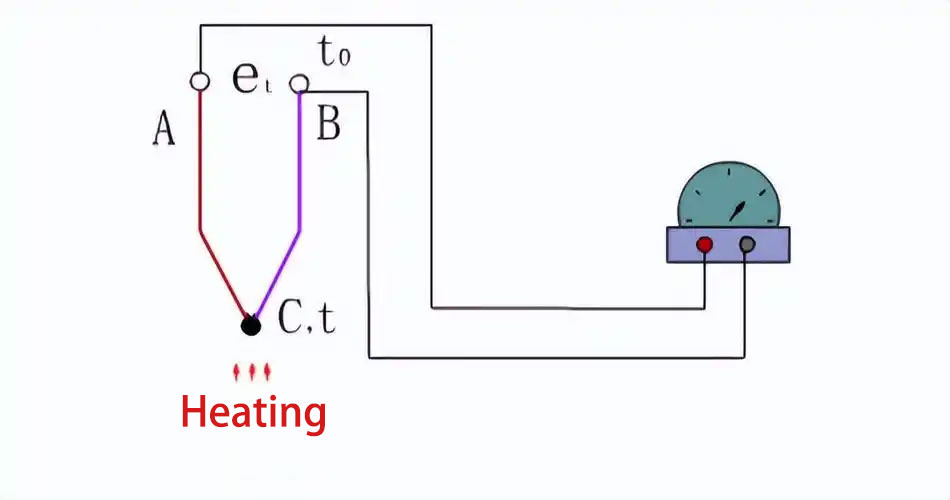1.Working principle of the MEJ-WRNK thermocouple sensors
Basic principle:
Based on the Seebeck effect, a closed circuit is composed of two different materials of conductors or semiconductors. When there is a temperature difference between the two ends, a thermoelectric potential is generated in the circuit, and the temperature value can be calculated by measuring this potential. This is the Working principle of the MEJ-WRNK thermocouple sensors.

Theoretical basis:
The thermoelectric potential generated by temperature difference is composed of contact potential and thermoelectric potential. Contact potential is caused by the different work functions of electrons in two materials, while thermoelectric potential is formed by the difference in electron diffusion rate due to the different temperatures at both ends of the same material.

2.Performance characteristics of the MEJ-WRNK thermocouple sensors
Wide temperature measurement range:
It can cover the temperature range from -270 ℃ ultra-low temperature to 2800 ℃ high temperature, and can meet the temperature measurement needs of various extreme environments.
Fast response speed:
The structure is simple, the heat capacity is small, and it can quickly sense temperature changes and output measurement data in real time.
Signal can be transmitted remotely:
The generated thermoelectric potential signal is easy to transmit over long distances, and remote temperature monitoring and control can be achieved through compensating wires and secondary instruments.
Simple structure:
Composed of a hot electrode, insulation material, and protective sleeve, it is easy to install and maintain, with relatively low cost.
